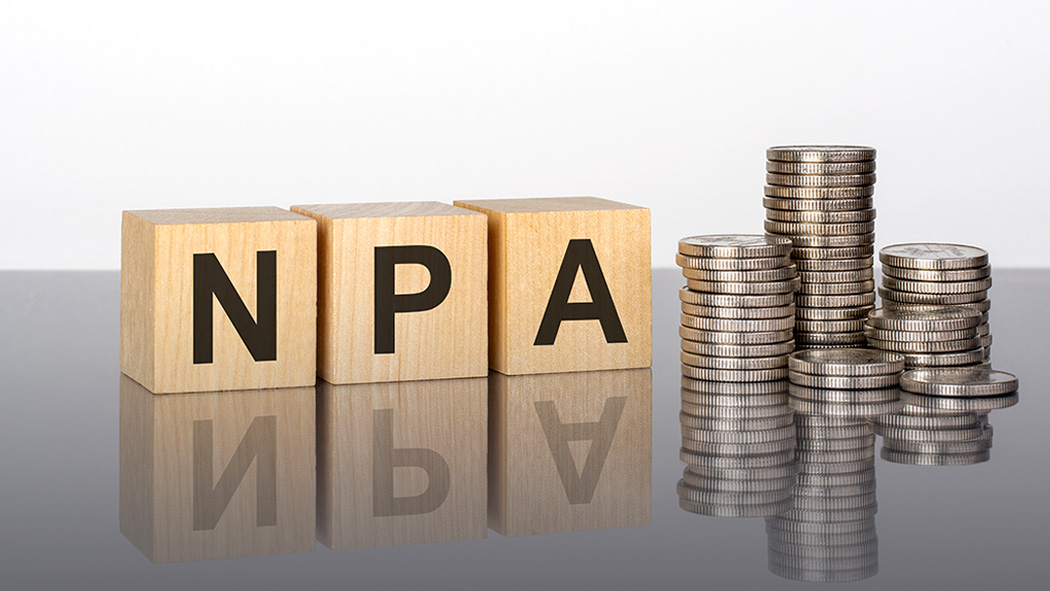What is a non-payment account in accounting?
Reading Time: 3 minutesYour business bank account can be a payment or non-payment account. What defines both are the functions or limitations.
Bank accounts serve various purposes, such as savings, handling expenses, investments, or receiving payments.
While payment accounts allow the paying in of money at any time, transactions on non-payment accounts are limited.
So,
What is a non-payment account?
A non-payment accounts are bank accounts that are not allowed to handle frequent transactions such as payments or withdrawals. Otherwise known as non-transaction accounts, transactions are limited to specified periods.
Non-payment account 101: Non-payment/Non-transaction accounts limit periods for transfers or when you can withdraw funds.
Depending on your bank, there are usually consequences associated with transactions on a non-payment account that are not within the specified period. The effects could include incurring a fee or losing interest.
There are different types of non-payment accounts.
Types of non-payment account
Non-transaction accounts do not handle frequent transactions. Below are the types;
- Fixed-term accounts
- Retirement investment accounts
- Savings accounts
Fixed-term accounts
A fixed-term account only allows the withdrawal of investments at the end of a specific period or fixed term (60, 90, 180, 365 days, or more).
You can’t use the money in a fixed-term account for everyday business transactions. Examples are
term deposits and bonds, which you can only withdraw at a specific period.
Retirement investment accounts
These accounts are for retirement savings and not your everyday transactions.
An example is the individual retirement account (IRA).
IRAs are retirement savings and usually attract a penalty for early withdrawal.
IRA 101: Money in an IRA cannot be withdrawn before age 59½ without a 10% tax penalty on the amount withdrawn.
The Internal Revenue Service (IRS) imposes a 10% withdrawal penalty to dissuade IRA holders from using their savings before retirement.
There are several kinds of IRAs, such as traditional IRAs, Roth IRAs, Simplified Employee Pension (SEP) IRAs, and Savings Incentive Match Plan for Employees (SIMPLE) IRAs.
Savings accounts
With withdrawal limits, a savings account helps you build up savings for future expenditures or investments.
Money in savings accounts usually gains interest over time. It offers flexibility to build up funds for short-term expenditures like buying a house, going on vacation, or simply building up interest for spare cash.
There are differences between non-payment and payment accounts.
Non-payment account vs. Payment account
Liquidity is a significant difference between non-payment and payment accounts.
While payment accounts provide high liquidity for businesses to manage everyday obligations, non-transactional accounts limit withdrawal to specific periods.
Accessing cash in payment accounts is relatively easy. You can do that at any time, while with non-payment accounts, under the Federal Reserve’s Regulation D, it requires at least seven days written notice of the intent to withdraw funds.
Final thoughts on Non-payment accounts
Non-payment accounts could be helpful for small business owners to save up funds for future expenditures that could involve business expansion plans or the purchase of equipment.
Although many small businesses would instead go for levered cash flow for business expansion, others prefer unlevered cash, where the company owns all its assets and owes nothing to equity holders.
Deciding on whether to go with the payment account or non-payment account way depends on your business goals and financial management plans.




